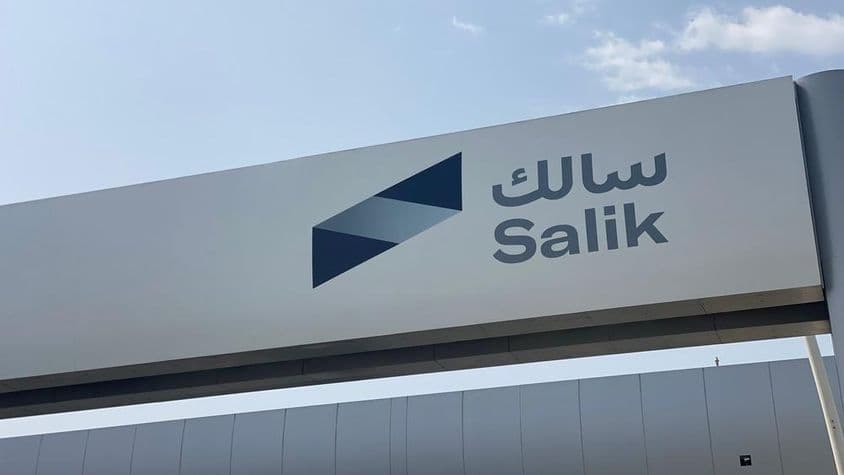Dubai Drivers See Savings with Free Crossings

Drivers in Dubai Save More: Free Salik Crossings Surge
In the second quarter of the year, the number of free Salik crossings registered in Dubai increased by nearly 50% compared to the previous period. This is not just a statistical curiosity but clearly shows how the new time-based toll system is reshaping traffic habits. The variable pricing introduced on January 31, 2025, aims to manage peak hour traffic more efficiently and encourage drivers to travel outside peak traffic periods.
What is the Salik System?
Salik is Dubai's city toll system that operates with automatic identification technology, thus deducting fees from vehicle-registered accounts without barriers or stops. Currently, there are ten active gates in the city, including the newest ones – Business Bay and Al Safa South – which have also contributed to the increase in crossings.
Free Crossings Increase Dramatically
According to the latest data, in the second quarter of 2025, the number of crossings between 1 a.m. and 6 a.m. reached 16.4 million, marking a 46.8% increase compared to the first quarter. This period is entirely exempt from toll payment obligations under the new regulations. In the first half of the year, a total of 27.6 million free crossings were registered, which could have resulted in significant savings for the affected drivers.
How Does the New Pricing Model Work?
1:00 – 6:00: Free
6:00 – 10:00 and 16:00 – 20:00: Peak period, 6 dirhams
10:00 – 16:00 and 20:00 – 1:00: Off-peak period, 4 dirhams
This division aims to alleviate traffic peaks by offering a financial incentive to those who can flexibly schedule their journeys.
Impact on Residents and Traffic Habits
Since the system's introduction, more and more residents are adapting to favorable tariffs. Those who can, try to travel during the night or early morning hours to save on tolls. One of the most common examples is night shift workers who often choose to wait until 1 a.m. for a free pass through the Salik gates.
Some go even further: they park their vehicles, for instance, in the Al Jadaf area, waiting until the tariff drops from 6 dirhams to 4, and then to zero after midnight. This allows them to avoid both the fee and the nighttime traffic.
Increase in Salik Revenue Despite
Despite the significant increase in free crossings, the number of paid crossings also rose. In the second quarter of 2025, 160.4 million toll-paying trips were registered, compared to 158 million in the previous quarter – a 1.6% increase. The surge in peak-period crossings was 46.7%, partly attributed to the introduction of two new gates.
This trend shows that while many people strive to save money, the city's continuous growth and expanding vehicular traffic still ensure Salik system revenue. In the first half of the year, Salik's revenue reached 1.53 billion dirhams, indicating that the new pricing effectively balances traffic management and revenue generation.
More than Financial Savings
Traveling during toll-free periods is not only cost-effective but also more convenient. At night, the traffic is significantly lighter, allowing quicker travel, lower fuel consumption, and less stressful journeys. For those with flexible work hours or shift patterns, this offers an ideal opportunity.
Future Prospects
Seeing the success of Salik's new pricing system, further fine-tuning may follow. There is potential for extending the nighttime toll-free period or applying discount tariffs on weekends. The city's goal is clear: to promote sustainable transportation, reduce congestion, and improve urban quality of life.
Residents in Dubai are not only adapting to the new rules but are also taking advantage of them for their benefit. The introduction of dynamic pricing has proven to be a smart move, bringing positive changes both in traffic regulation and in terms of residential satisfaction.
(The article is based on data released by the operator of the Salik toll collection gate system.)
If you find any errors on this page, please let us know via email.


